Home>Furniture & Design>Outdoor Furniture>How To Clean Outdoor Travertine Pavers


Outdoor Furniture
How To Clean Outdoor Travertine Pavers
Published: January 13, 2024
Learn how to properly clean and maintain your outdoor travertine pavers to keep your outdoor furniture looking its best. Our expert tips will help you preserve the beauty and design of your outdoor space.
(Many of the links in this article redirect to a specific reviewed product. Your purchase of these products through affiliate links helps to generate commission for Storables.com, at no extra cost. Learn more)
Introduction
Welcome to the world of outdoor living, where the charm of nature meets the comfort of well-designed spaces. Whether you're hosting a lively barbecue or simply enjoying a peaceful evening under the stars, your outdoor area is an extension of your home and personal style. Among the various elements that contribute to the allure of your outdoor space, travertine pavers stand out as a timeless and elegant choice for patios, walkways, and pool decks.
Travertine pavers, with their natural beauty and durability, add a touch of sophistication to any outdoor setting. However, to maintain their luster and longevity, proper care and maintenance are essential. In this comprehensive guide, we will delve into the art of cleaning and maintaining outdoor travertine pavers, ensuring that your outdoor oasis remains a captivating retreat for years to come.
Join us on this journey as we explore the intricacies of travertine paver care, from understanding the unique characteristics of this natural stone to acquiring the necessary tools and mastering the techniques for cleaning and sealing. Let's embark on this adventure to preserve the allure of your outdoor space and keep your travertine pavers looking as stunning as the day they were installed.
Key Takeaways:
- Preserve the Beauty: Clean and seal outdoor travertine pavers regularly to maintain their timeless elegance and protect them from stains, moisture, and wear, ensuring a captivating outdoor space for years to come.
- Proactive Care: Implement routine cleaning, stain management, and periodic resealing to uphold the allure of travertine pavers, safeguarding their natural charm and enduring beauty in every season.
Read more: How To Clean Travertine Floor Tile
Understanding Travertine Pavers
Travertine, a form of limestone deposited by mineral springs, has been used as a building material for thousands of years. Its distinct appearance, characterized by natural pits and voids that result from the formation process, lends a unique and rustic charm to outdoor spaces. When quarried and cut into pavers, travertine becomes an exquisite choice for outdoor applications due to its durability and aesthetic appeal.
One of the most alluring qualities of travertine pavers is their ability to withstand the elements while retaining their beauty. This natural stone is renowned for its resilience, making it an ideal material for outdoor use. Whether exposed to the scorching sun, heavy rain, or freezing temperatures, travertine pavers maintain their structural integrity and visual allure over time.
Furthermore, travertine pavers offer a non-slip surface, making them a safe and practical choice for pool decks and outdoor walkways. Their porous nature allows for efficient water drainage, preventing the formation of puddles and reducing the risk of slipping, particularly in areas prone to moisture.
As with any natural material, travertine pavers exhibit variations in color and texture, adding to the character and individuality of each piece. From warm, earthy tones to cool, soothing shades, the diverse color palette of travertine allows for seamless integration with various design styles, whether you prefer a rustic, Mediterranean-inspired ambiance or a contemporary, minimalist aesthetic.
Understanding the unique characteristics of travertine pavers is crucial for their proper care and maintenance. By recognizing the innate qualities that make this natural stone a standout choice for outdoor applications, you can appreciate its enduring appeal and make informed decisions when it comes to preserving its beauty for years to come.
Tools and Materials Needed
Before embarking on the journey of cleaning and maintaining your outdoor travertine pavers, it’s essential to gather the necessary tools and materials. By assembling the right equipment, you can ensure a thorough and effective cleaning process, preserving the natural beauty of your pavers without causing damage.
Here’s a comprehensive list of tools and materials needed for cleaning and maintaining outdoor travertine pavers:
- Broom or Blower: Begin by removing loose debris, leaves, and dirt from the surface of the pavers using a broom or a high-powered blower. This initial step prevents the accumulation of debris during the cleaning process.
- Pressure Washer: A pressure washer with a fan tip or a low-pressure setting is ideal for gently rinsing the pavers. Avoid using high-pressure settings, as they can damage the surface of the travertine.
- Travertine-Safe Cleaner: Choose a pH-neutral cleaner specifically formulated for travertine. Avoid acidic or abrasive cleaners, as they can etch or scratch the surface of the pavers.
- Soft Bristle Brush: For stubborn stains or areas with ingrained dirt, a soft bristle brush is essential for gentle scrubbing without causing damage to the pavers.
- Bucket and Hose: Prepare a solution of travertine-safe cleaner and water in a bucket. A hose with a spray attachment will be useful for rinsing the pavers before and after cleaning.
- Sealer: High-quality sealant designed for natural stone is necessary for protecting the travertine pavers after cleaning. Choose a sealer that enhances the natural colors of the stone while providing long-lasting protection against stains and weathering.
- Protective Gear: When working with cleaning solutions and sealants, ensure that you have protective gear, including gloves and safety goggles, to safeguard your skin and eyes.
By equipping yourself with these essential tools and materials, you are ready to embark on the journey of rejuvenating and preserving the allure of your outdoor travertine pavers. With the right equipment at your disposal, you can undertake the cleaning and maintenance process with confidence, knowing that you are caring for your outdoor space with precision and care.
Preparing the Pavers
Before diving into the cleaning process, it’s essential to prepare the travertine pavers to ensure optimal results and minimize the risk of damage. Proper preparation sets the stage for a thorough and effective cleaning, allowing you to address surface debris, stains, and environmental residues with precision.
Here are the key steps for preparing the pavers before initiating the cleaning process:
- Clearing Surface Debris: Begin by sweeping the pavers with a broom or using a high-powered blower to remove loose debris, leaves, and dirt. Clearing the surface of the pavers prevents the accumulation of debris during the cleaning process, allowing for a more focused and efficient cleaning experience.
- Identifying Stains and Problem Areas: Take note of any specific stains or problem areas on the pavers, such as oil spills, organic stains, or mildew growth. Identifying these areas will allow you to target them with appropriate cleaning techniques and products later in the process.
- Testing the Cleaning Solution: If you are using a new cleaning solution or a specific product for stain removal, perform a small test patch in an inconspicuous area of the pavers. This test ensures that the cleaning solution is compatible with the travertine and does not cause discoloration or damage.
- Protecting Adjacent Surfaces: If there are adjacent surfaces, such as walls or landscaping features, that could be affected by the cleaning process, take measures to protect them. Use plastic sheeting or tape to cover and shield these surfaces from overspray or contact with cleaning solutions.
By meticulously preparing the travertine pavers, you set the stage for a successful cleaning process, allowing you to approach the task with clarity and precision. This proactive approach not only ensures optimal cleaning results but also minimizes the potential for unintended damage or complications during the maintenance process.
To clean outdoor travertine pavers, use a mild detergent and water to scrub the surface. Avoid using harsh chemicals or high-pressure washers to prevent damage to the stone. Rinse thoroughly with clean water and allow to dry completely. Apply a sealant to protect the pavers from future stains and damage.
Cleaning the Pavers
As you embark on the journey of revitalizing your outdoor travertine pavers, the cleaning phase plays a pivotal role in restoring their natural beauty and luster. By employing the right techniques and utilizing travertine-safe cleaning products, you can effectively remove stains, dirt, and environmental residues without compromising the integrity of the stone.
Here’s a step-by-step guide to cleaning outdoor travertine pavers:
- Rinsing the Pavers: Begin by thoroughly rinsing the pavers with water using a hose and spray attachment. This initial rinse helps remove loose debris and prepares the surface for the application of the cleaning solution.
- Preparing the Cleaning Solution: Dilute a pH-neutral travertine-safe cleaner with water in a bucket according to the manufacturer’s instructions. Avoid using acidic or abrasive cleaners, as they can damage the travertine surface.
- Applying the Cleaning Solution: Using a soft bristle brush or a mop, apply the diluted cleaning solution to the pavers. Work in manageable sections to ensure thorough coverage and allow the solution to penetrate the surface and lift embedded dirt and stains.
- Gentle Scrubbing: For stubborn stains or heavily soiled areas, gently scrub the pavers with the soft bristle brush. Avoid using abrasive tools or harsh scrubbing motions, as they can scratch or etch the surface of the travertine.
- Rinsing Thoroughly: After allowing the cleaning solution to dwell for the recommended time, thoroughly rinse the pavers with water using a hose or pressure washer on a low setting. Ensure that all traces of the cleaning solution are completely removed from the surface.
- Spot Treatment for Stains: For persistent stains or specific problem areas, consider targeted spot treatment using specialized travertine stain removers. Follow the manufacturer’s instructions and perform a small test in an inconspicuous area before widespread application.
By following these steps and exercising care during the cleaning process, you can effectively lift dirt, stains, and residues from the surface of your outdoor travertine pavers, revealing their inherent beauty and natural elegance. With each meticulous stroke and thorough rinse, you are one step closer to restoring the timeless allure of your outdoor space.
Read more: How To Install Outdoor Pavers
Sealing the Pavers
After the thorough cleaning of your outdoor travertine pavers, the next crucial step in their maintenance regimen is the application of a high-quality sealer. Sealing the pavers not only enhances their natural colors and textures but also provides essential protection against stains, moisture penetration, and weathering, ensuring their longevity and resilience in outdoor environments.
Here’s a comprehensive guide to sealing outdoor travertine pavers:
- Choosing the Right Sealer: Select a premium sealer specifically formulated for natural stone, with an emphasis on travertine. Opt for sealers that provide a breathable barrier, allowing moisture vapor to escape while preventing liquid penetration and staining.
- Clean and Dry Surface: Ensure that the pavers are thoroughly clean and completely dry before applying the sealer. Any residual moisture or debris on the surface can compromise the effectiveness of the sealer and result in uneven application.
- Application Method: Depending on the type of sealer chosen, follow the manufacturer’s instructions regarding the application method. Sealers can be applied using a brush, roller, or sprayer, and it’s essential to achieve uniform coverage across the entire surface.
- Even Application: Apply the sealer evenly, working in small sections to prevent overlapping and ensure a consistent finish. Pay particular attention to any intricate patterns or crevices in the pavers, ensuring that the sealer penetrates and protects all exposed surfaces.
- Allowing for Absorption: After applying the initial coat of sealer, allow it to absorb into the travertine for the specified duration. This absorption period allows the sealer to bond with the stone and create a protective barrier against stains and moisture.
- Applying Additional Coats: Depending on the porosity of the travertine and the specific sealer used, multiple coats may be necessary to achieve the desired level of protection. Follow the manufacturer’s guidelines regarding the number of coats and the waiting period between applications.
- Final Inspection: Once the sealing process is complete, inspect the pavers to ensure uniform coverage and address any areas that may require additional sealing. Allow the sealer to cure completely according to the manufacturer’s recommendations before resuming regular use of the outdoor space.
By diligently sealing your outdoor travertine pavers, you fortify them against the elements and safeguard their innate beauty, creating a resilient and enduring foundation for your outdoor oasis. With each coat of sealer, you not only enhance the visual appeal of the pavers but also invest in their long-term protection and vitality.
Maintaining the Pavers
Once you have cleaned and sealed your outdoor travertine pavers, ongoing maintenance is essential to preserve their pristine appearance and structural integrity. Regular upkeep ensures that your pavers continue to exude timeless elegance and withstand the rigors of outdoor living, allowing you to relish in the beauty of your outdoor space for years to come.
Here are key practices for maintaining outdoor travertine pavers:
- Routine Cleaning: Establish a routine cleaning schedule to remove surface debris, leaves, and dirt from the pavers. Regular sweeping or gentle rinsing with a garden hose helps prevent the accumulation of grime and maintains the pavers’ aesthetic appeal.
- Stain Management: Promptly address any spills or stains on the pavers to prevent them from setting and becoming ingrained. Blot liquid spills immediately and use a mild cleaning solution for spot treatment, ensuring that the affected area is thoroughly rinsed and dried afterward.
- Reapplication of Sealer: Monitor the condition of the pavers and be attentive to signs of diminished water repellency or increased porosity. Periodically assess the need for resealing and apply a fresh coat of high-quality sealer to uphold the pavers’ protection against stains and moisture.
- Weed and Moss Control: Regularly inspect the joints and crevices between the pavers for any weed growth or moss accumulation. Remove any unwanted vegetation and consider applying a joint stabilizing sealer to inhibit weed growth and preserve the structural integrity of the paved area.
- Preventative Measures: Take proactive measures to protect the pavers from potential sources of damage, such as heavy furniture or sharp objects. Consider using protective pads under furniture legs and exercising caution when handling sharp or abrasive items on the paved surface.
- Professional Maintenance: Periodically engage professional services for deep cleaning, stain removal, and comprehensive maintenance of your outdoor travertine pavers. Professional technicians possess the expertise and specialized equipment to address stubborn stains and rejuvenate the pavers to their original splendor.
By integrating these maintenance practices into your outdoor living routine, you uphold the allure and longevity of your travertine pavers, ensuring that they remain a captivating focal point of your outdoor sanctuary. With attentive care and proactive upkeep, you can savor the enduring beauty and functionality of your outdoor space, embracing the timeless elegance of travertine in every season.
Conclusion
Congratulations on embarking on the journey of caring for your outdoor travertine pavers with dedication and precision. By understanding the unique qualities of this natural stone and mastering the art of cleaning, sealing, and maintaining, you have taken proactive steps to ensure the enduring beauty and resilience of your outdoor space.
As you have discovered, the allure of travertine pavers lies not only in their timeless elegance but also in their ability to withstand the elements and enhance the ambiance of any outdoor setting. Through the careful selection of cleaning products, meticulous preparation, and the application of high-quality sealers, you have fortified your pavers against the challenges of outdoor living while preserving their natural charm.
Remember that ongoing maintenance is the key to sustaining the splendor of your travertine pavers. By incorporating routine cleaning, proactive stain management, and periodic resealing into your outdoor maintenance regimen, you ensure that your pavers continue to exude their inherent beauty and remain a captivating focal point of your outdoor oasis.
As you bask in the beauty of your rejuvenated outdoor space, take pride in the knowledge that your travertine pavers stand as a testament to your commitment to preserving the allure of nature’s timeless creations. Each step you take in caring for your pavers contributes to the enduring legacy of this exquisite natural stone, allowing it to grace your outdoor sanctuary with elegance and charm for generations to come.
Thank you for joining us on this journey of discovery and care for outdoor travertine pavers. May your outdoor space continue to inspire and enchant, serving as a testament to the harmonious blend of nature, design, and enduring craftsmanship.
Frequently Asked Questions about How To Clean Outdoor Travertine Pavers
Was this page helpful?
At Storables.com, we guarantee accurate and reliable information. Our content, validated by Expert Board Contributors, is crafted following stringent Editorial Policies. We're committed to providing you with well-researched, expert-backed insights for all your informational needs.
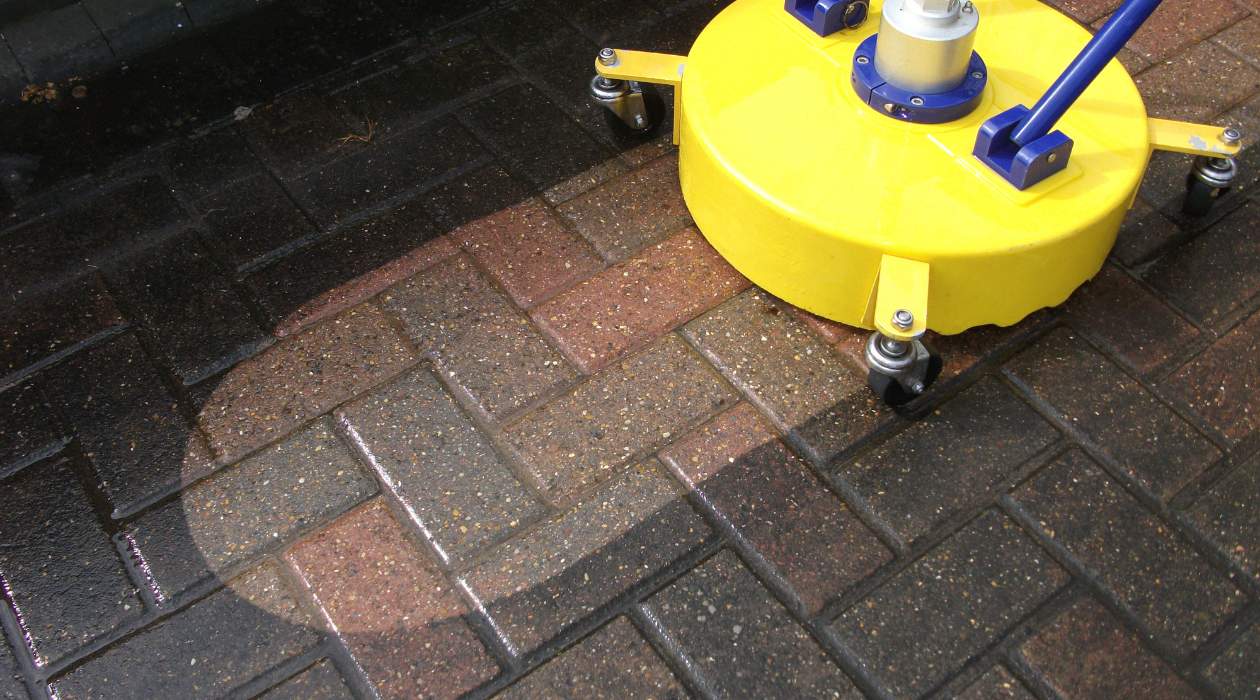

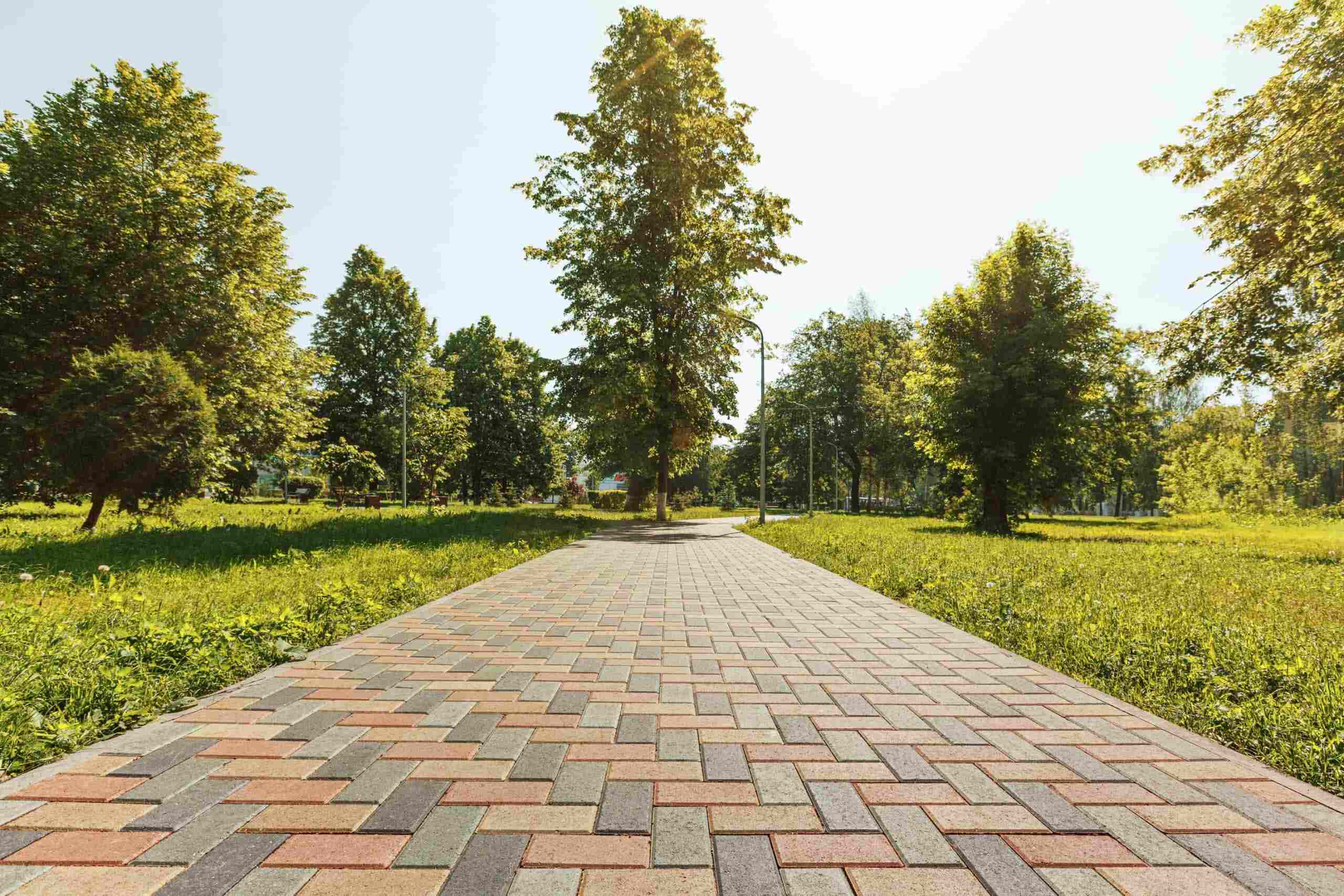
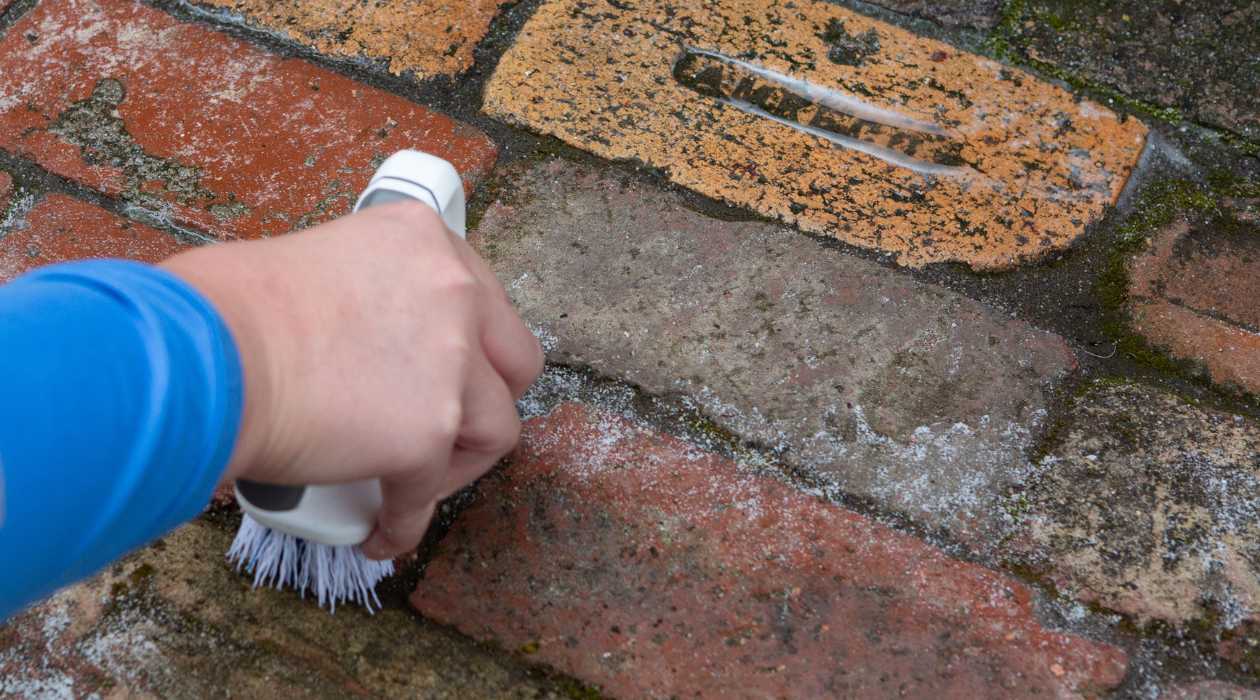
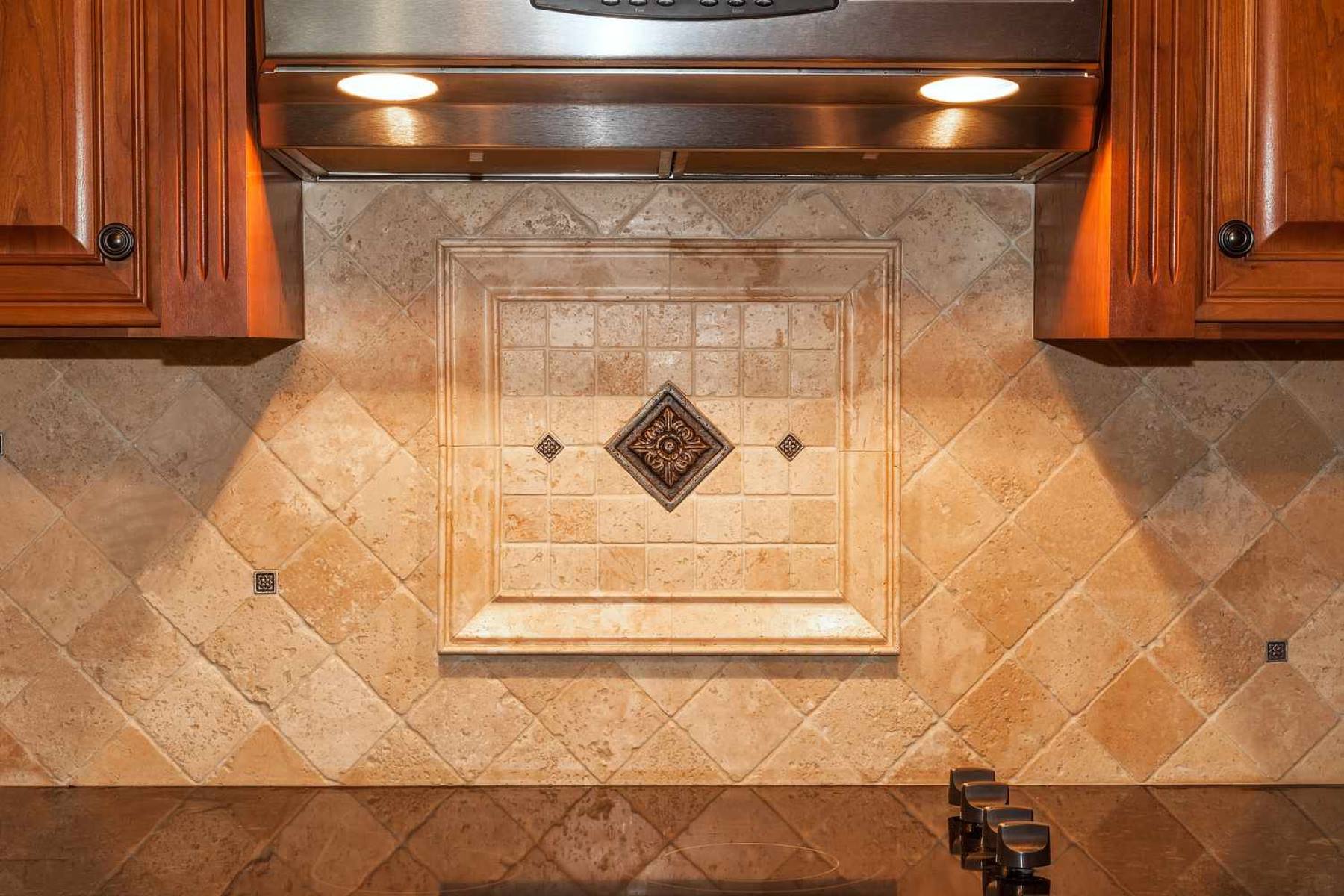
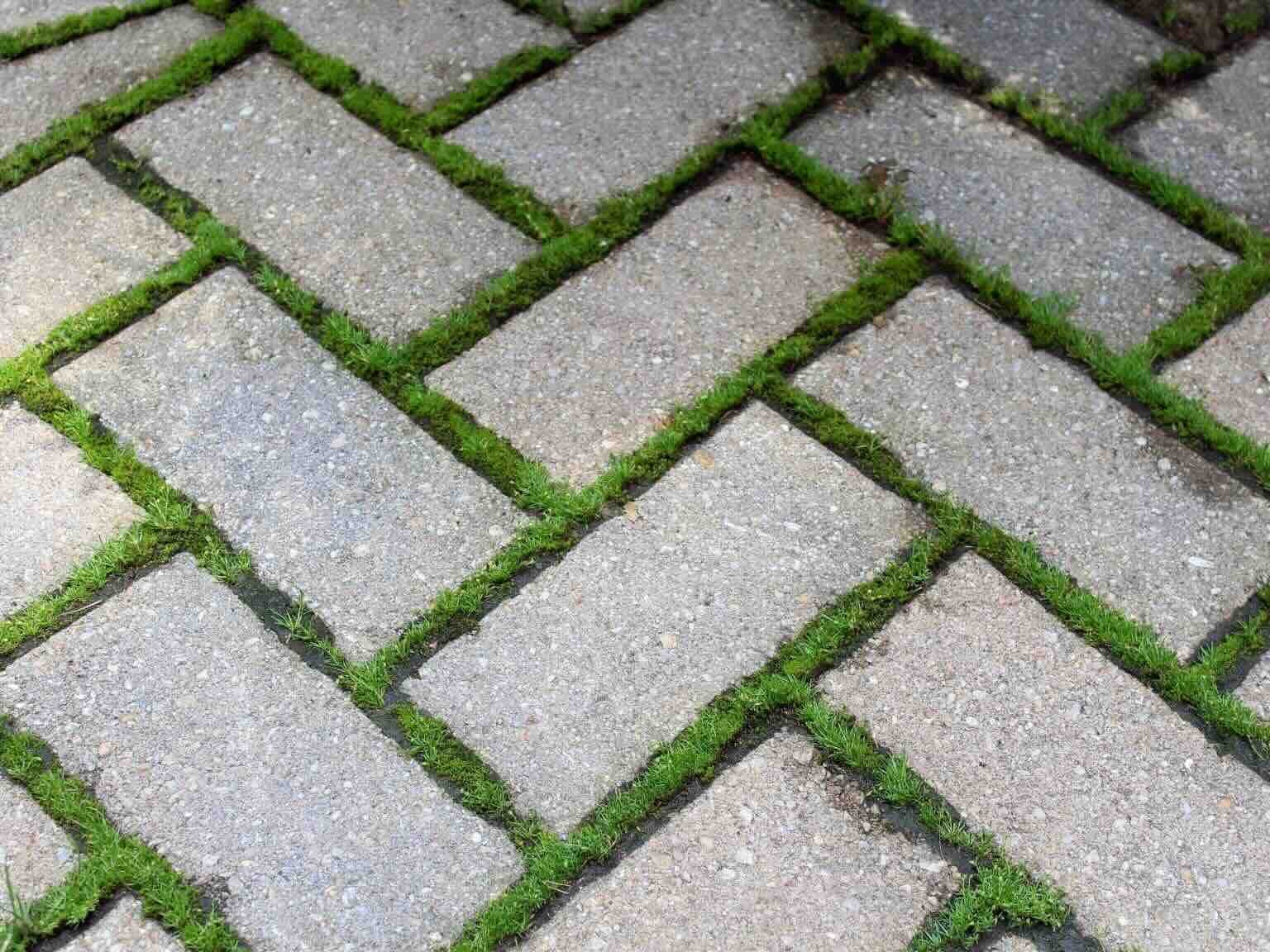
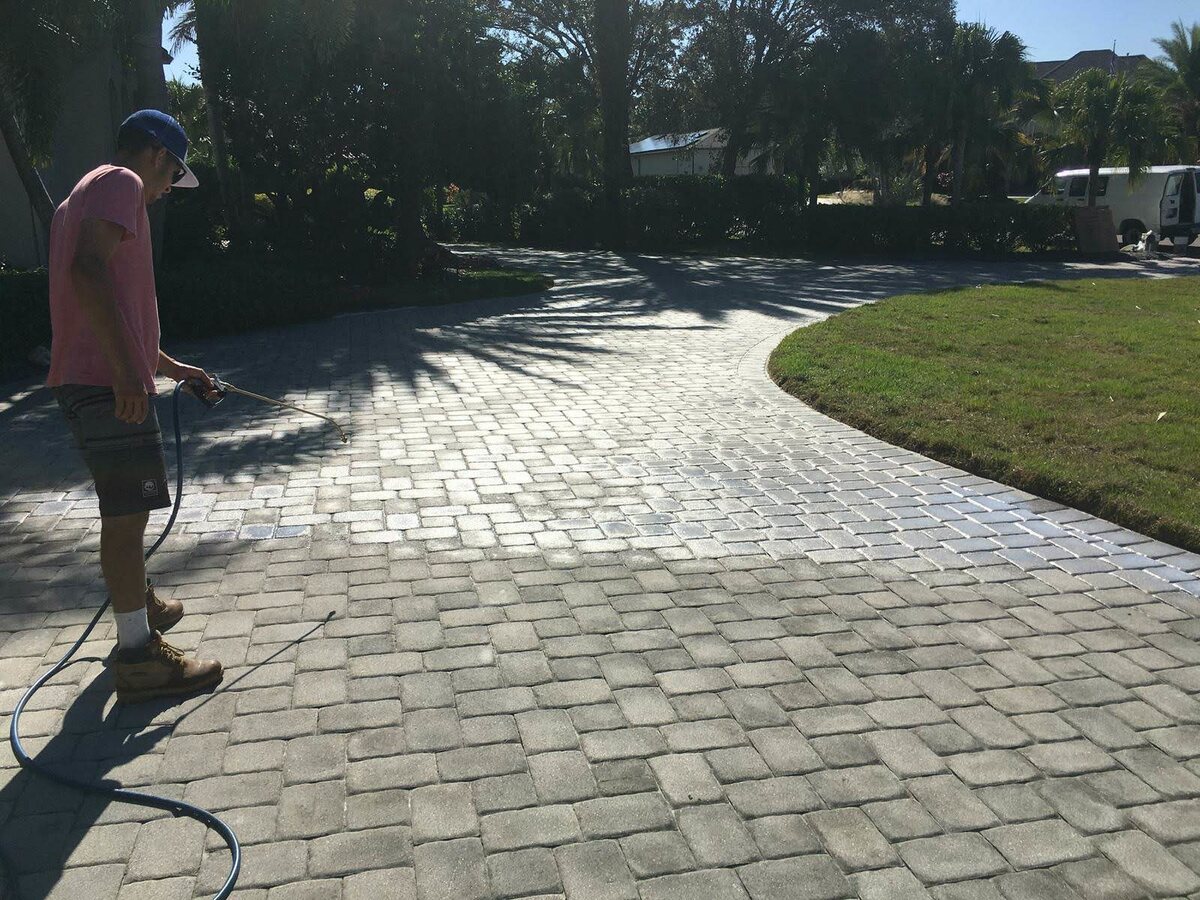
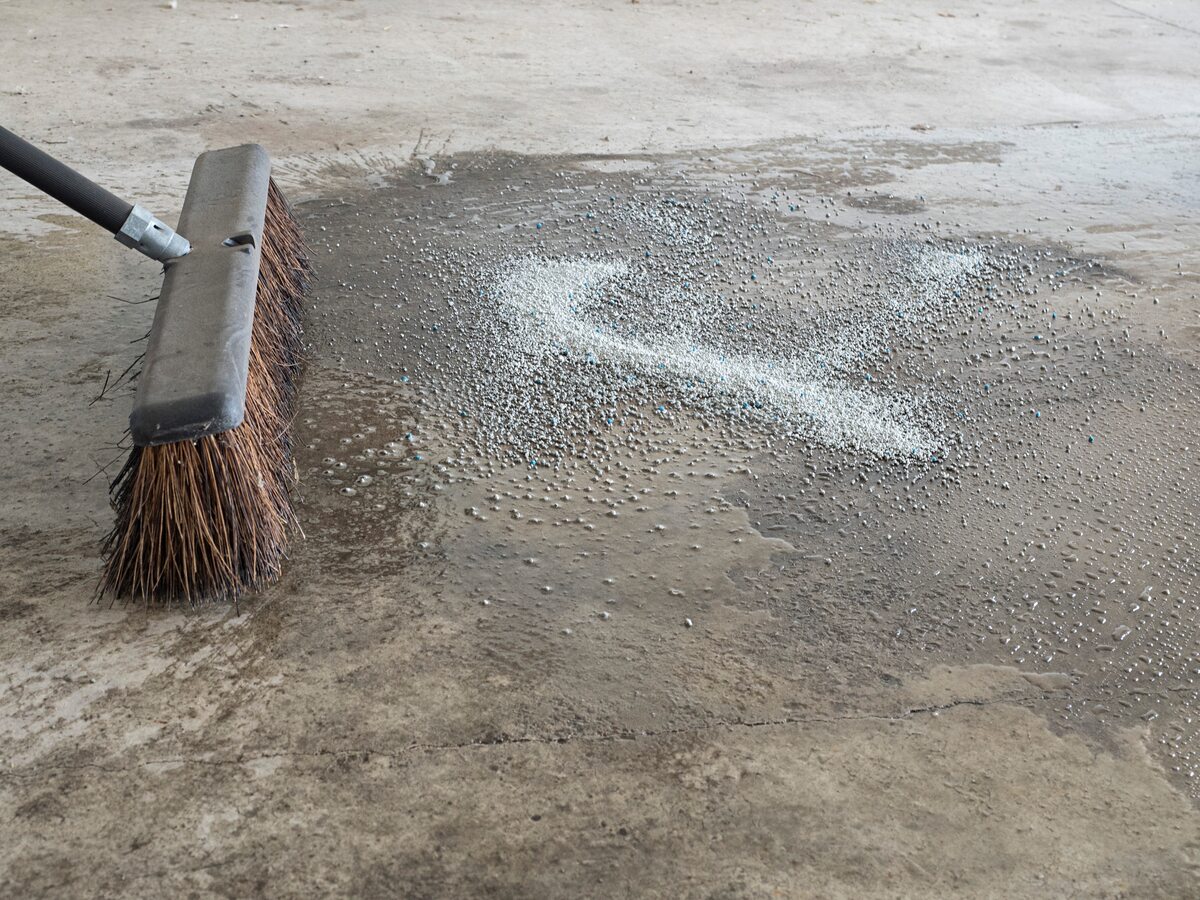

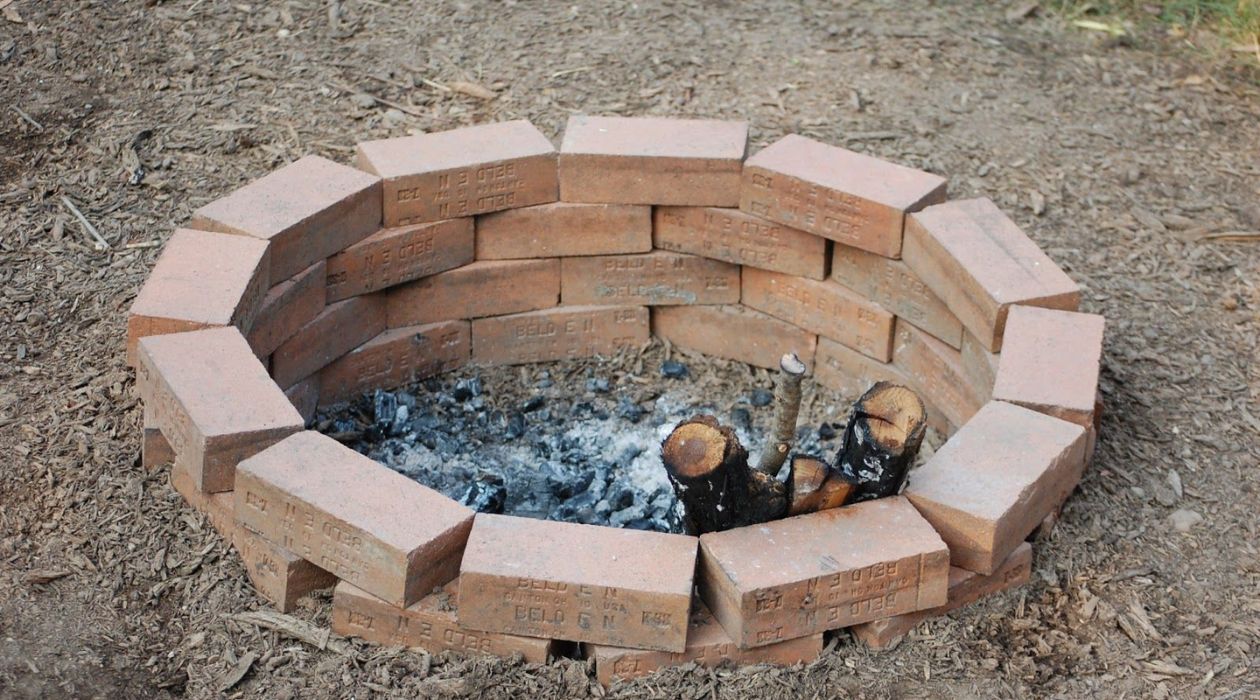
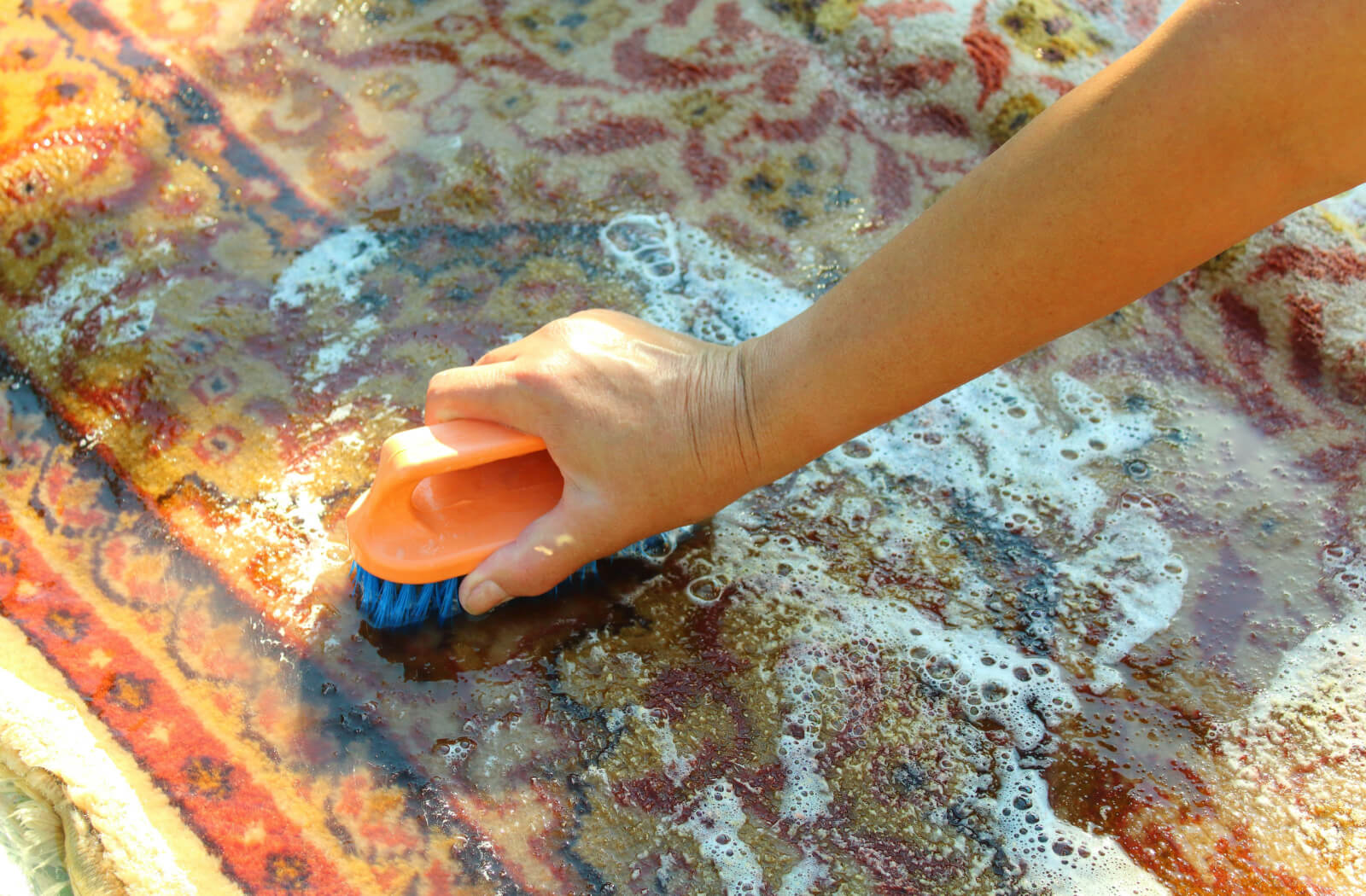
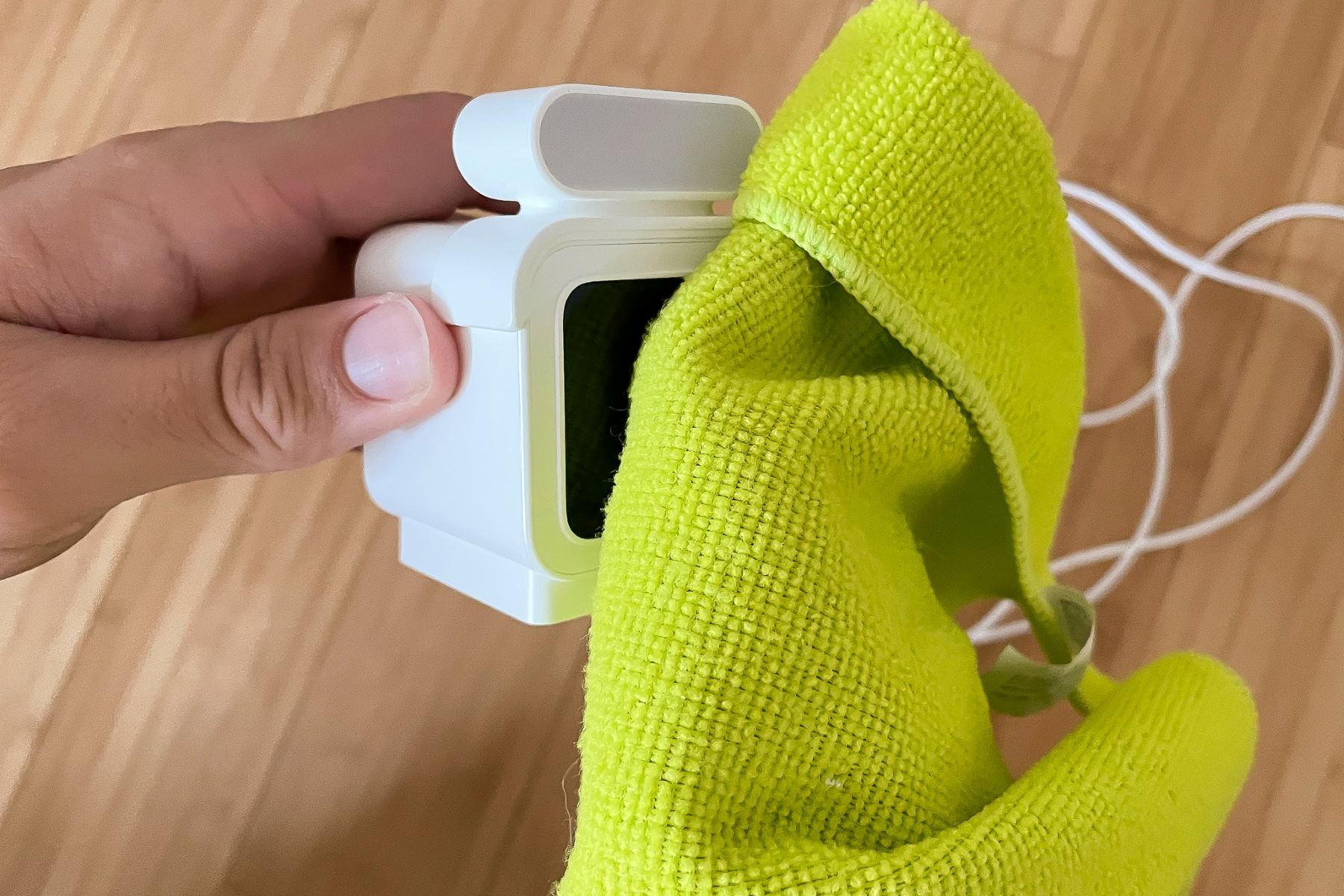
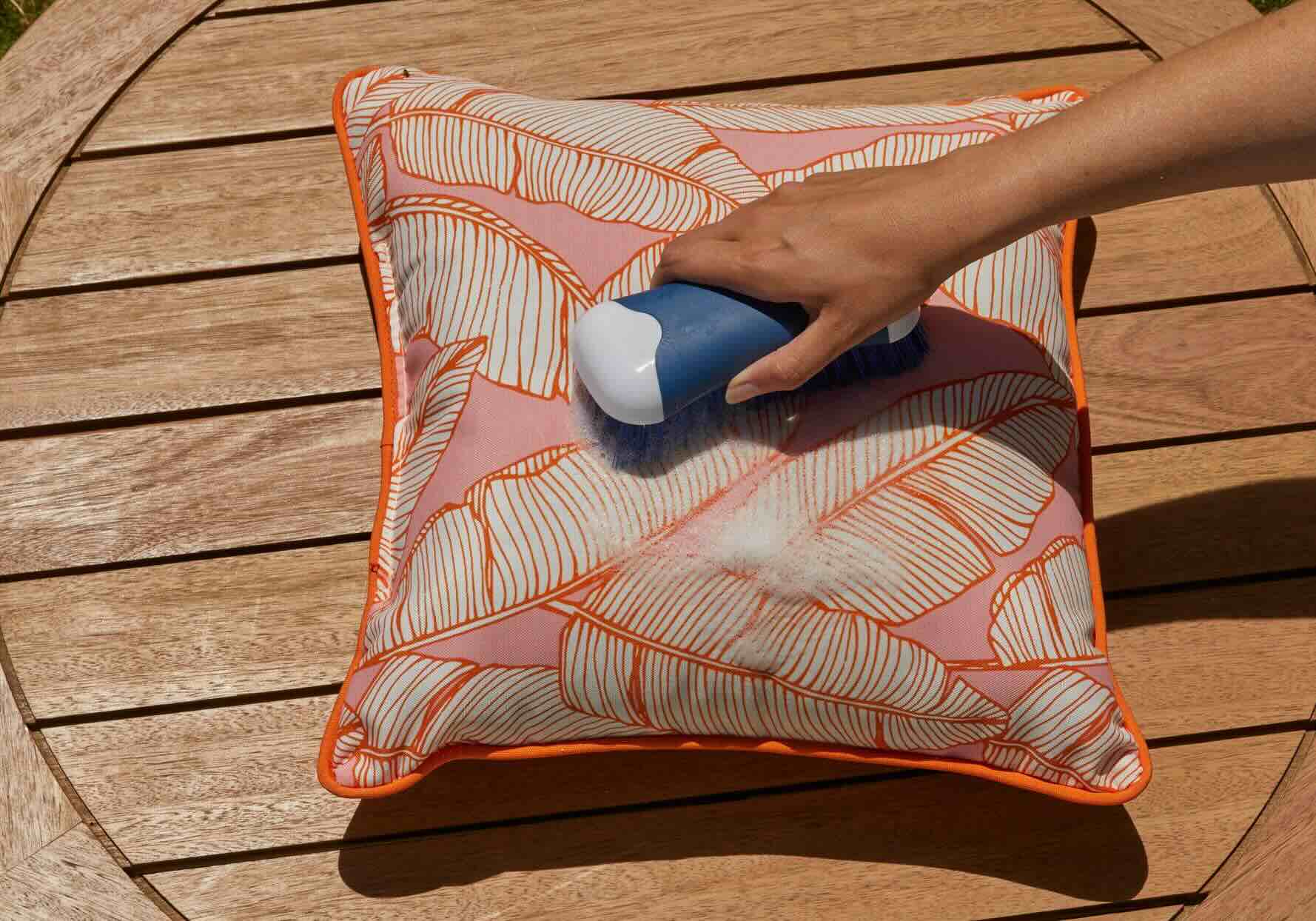


0 thoughts on “How To Clean Outdoor Travertine Pavers”